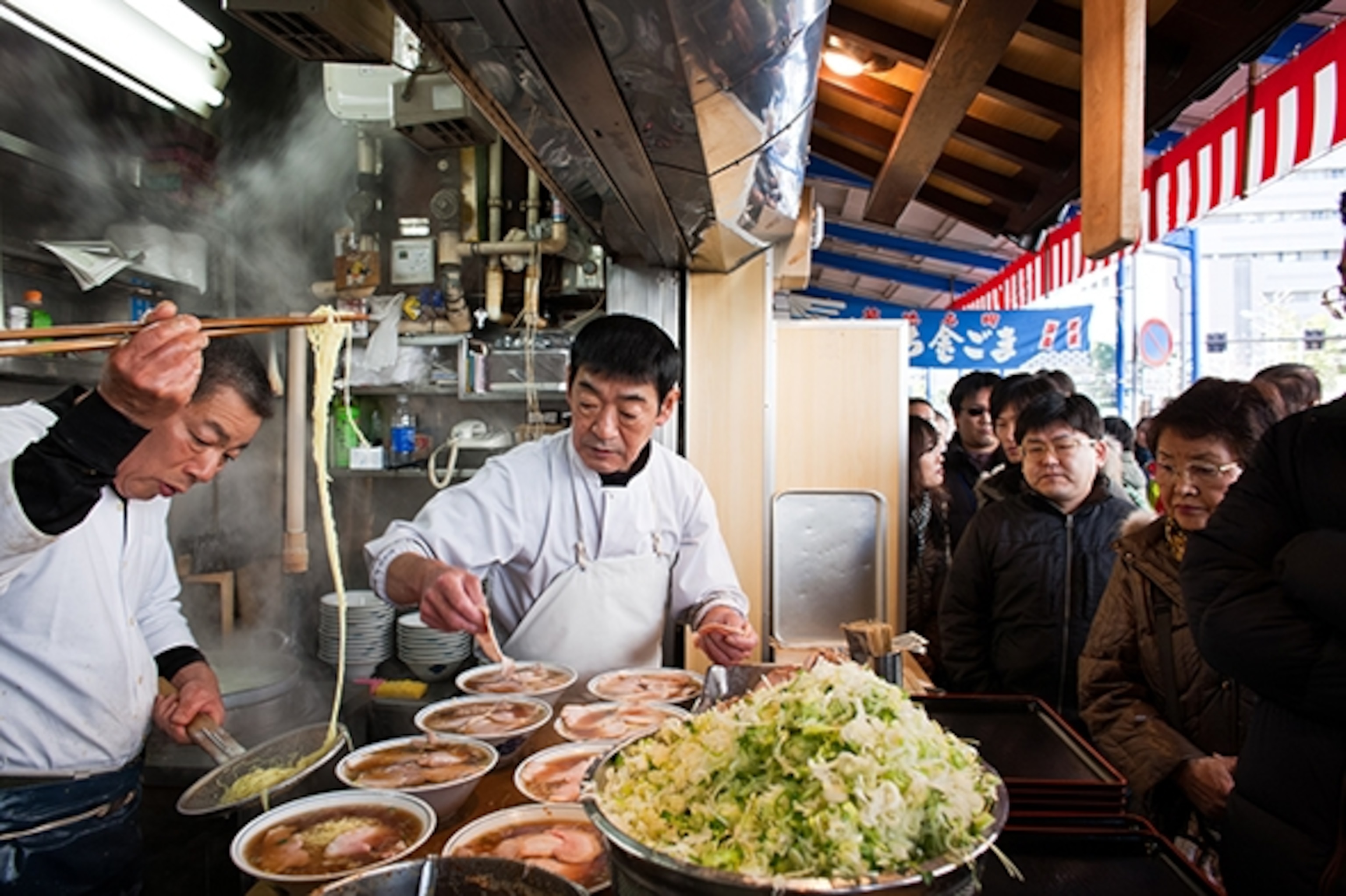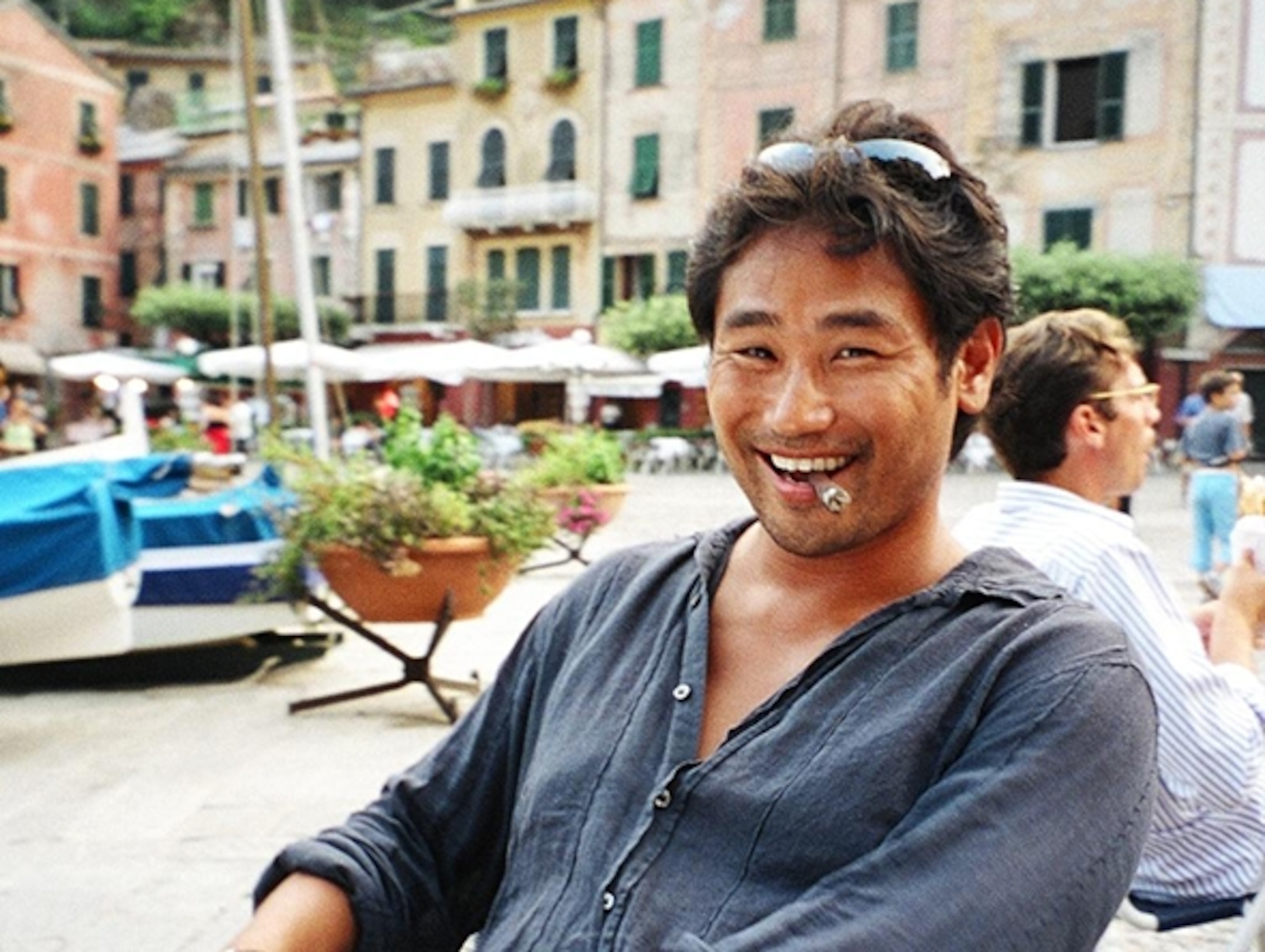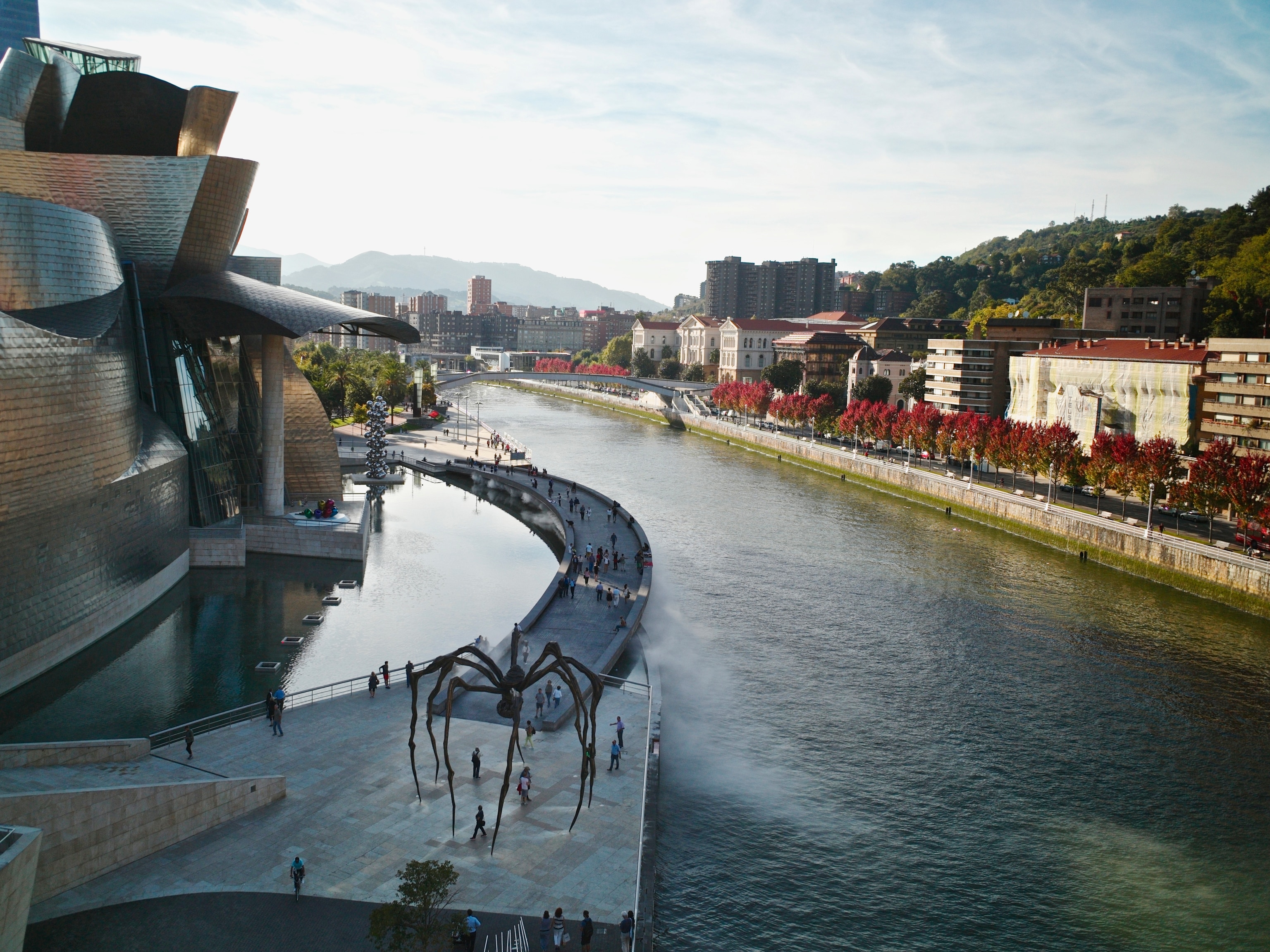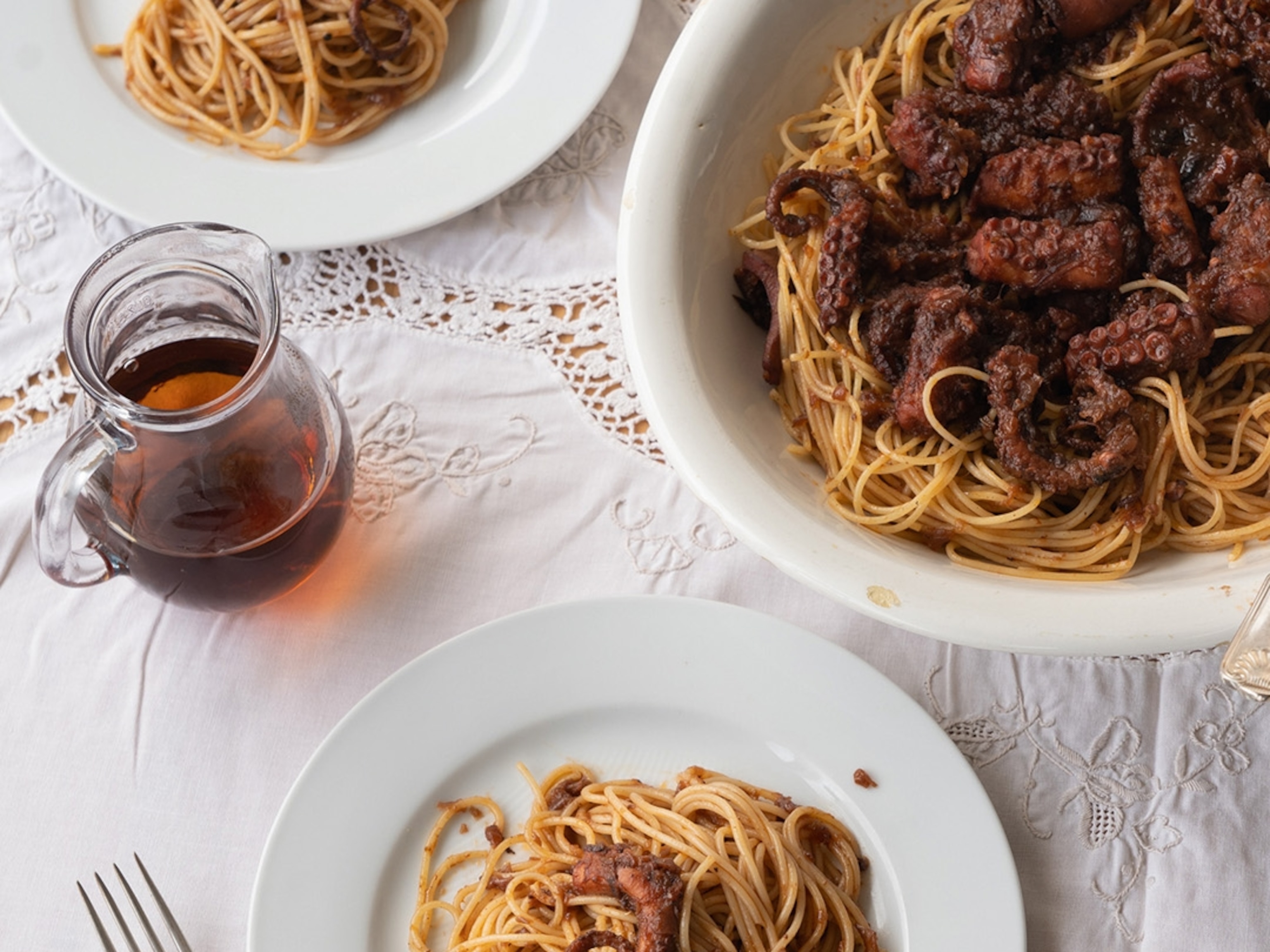
The High Art of Ramen in Tokyo
When someone mentions ramen, you probably think of those store-bought dried noodles you bring to life with boiling water and a packet of spices.
In Tokyo, ramen noodle soup is not fast food; it’s an art form.
Complexly flavored, the perfect bowl of ramen combines clear broth with wheat noodles, slices of roasted pork, seasoned bamboo shoots, and chopped green onions. This aromatic stock—meat, vegetable, or seafood—contains up to 40 ingredients and is simmered for hours. The noodles, from thin to wavy, are aged for up to ten days in a cool place to achieve their peak flavor and texture.
It’s thought that missionaries brought ramen from China to Japan in the 17th century. But it wasn’t until 1910 that Japan’s first ramen shop—Rairaiken—opened in Tokyo’s Asakusa district, an area of merchants and artisans. It served simple Chinese noodle soup modified with traditional Japanese ingredients—dried fish, seaweed, and soy sauce.
Today, the nation boasts more than 30 regional varieties of ramen, and nearly 4,000 places sell it in Tokyo alone. The dining routine never varies: Wait in line, order, squeeze into a seat, and slurp quickly so the next person can take your place.
In Tokyo, locals line up at Inoue’s outdoor stand near Tsukiji Market for classic shoyu (soy-based ramen), its golden noodles nestled in auburn broth and topped with pork and bamboo shoots. Sixty-year-old Raishuken, in Asakusa, adds wonton-men to its menu, silky dumplings floating over traditional ramen. In a narrow alley in Jimbocho, the tiny Sabuchan serves hanchan, the ultimate ramen and fried rice combo.

> About the Author: Daisuke Utagawa
Home: After bouncing around the world, I’m settled in D.C., where I’m the co-owner of a sushi bar as well as a new ramen house and izakaya [Japanese pub].
On Tokyo time: When I travel to Tokyo, I have a routine. I usually arrive around dinner time, so I go to my favorite izakaya, followed by a 24-hour sauna for a good scrub: my cure for jet lag. The next morning I usually wake up at 4 a.m. and hungry—my belly is still on D.C. time—so I’ll go to Tsukiji fish market.
- National Geographic Expeditions
Miso hungry: I’ve never seen anywhere else in the world the level of obsession with food that exists in Japan. The best tendon [a tempura rice bowl] I’ve ever had was at Masaru in the Asakusa district of Tokyo. And instead of the superformal and expensive sushi spots, I prefer the seven-seat Sushi Ochiai in Ginza—classic, proper Edo-style sushi in a relaxed atmosphere.
Soul food: The more I travel and eat, the more I’m reminded that the best cooking is the kind that understands the ingredients rather than tries to make them something they aren’t, in an acrobatic sort of way. The creative chefs I find most intriguing are those who never forget the soul of the food.
This piece, written by Daisuke Utagawa, appeared in the February/March issue of National Geographic Traveler magazine.





